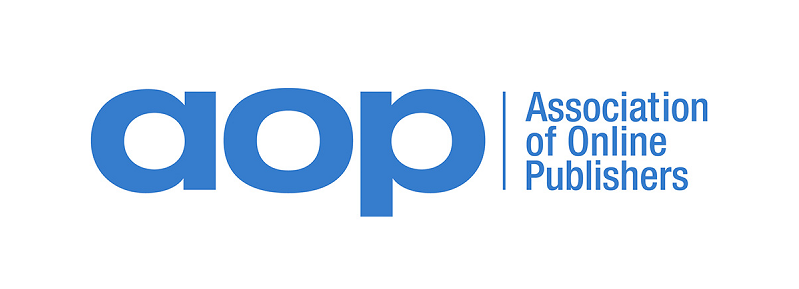Digital publishing revenues fell less than expected to £117.1m in Q1 2020, a 2.3% decline against Q1 2019, according to the latest quarterly Digital Publishers Revenue Index (DPRI) from the Association of Online Publishers (AOP) and Deloitte.
During the first three months of the year, income from subscriptions grew strongly by 19.3% however this failed to offset significant declines in recruitment and display advertising, which fell by 22.5% and 12.8% respectively in Q1 2020.
Just over half (53%) of publishers reported revenue growth in Q1 2020, the same proportion that did so in Q4 2019. 29% of publishers citied rises in excess of 25% year-on-year, up from 24% that reported this level of growth in the previous quarter.
On a 12-month rolling basis, subscriptions and miscellaneous revenues performed strongly, growing by 18.8% and 25.9% respectively, while online video revenue grew by 10.7% and sponsorship experienced a slight increase of 3.2%. Growth in these areas however failed to offset the substantial reduction in revenue from display advertising formats — down by 17.1% year-on-year, amounting to a £41.2m decrease. Overall, digital revenue fell by 4.0% on a 12-month rolling basis.
B2B revenue remained flat in the year to March 2020, falling by 0.1% to £80.2m. Despite downturns across multiple revenue segments, balance was maintained by increases in sponsorship (10.9%), online video (10.6%) and subscription (2.3%) income. In contrast, significant growth for B2C subscription (32.7%) revenues failed to offset other categories, with total B2C revenues declining by 2.6% between March 2019 and March 2020 to £395.4m.
A survey of AOP board members (fieldwork in May-June) on the year ahead found an increase in optimism among publishers since the previous quarter (fieldwork February-March). However, most publishers remain pessimistic about the industry and the impact of COVID-19. Publisher confidence in the financial prospects of their own companies rebounded more strongly than their confidence in the industry as a whole.
A growing number of AOP board members are prioritising non-advertising revenue growth and cost reduction strategies. According to the DPRI, 89% of publishers cited non-advertising revenue growth as a high priority for the next 12 months, up from 78% who said the same in Q2 2019. Meanwhile, 78% of publishers identified cost reduction as a high priority for the next 12 months, up from 44% who were focussing on this area in Q2 2019.
None of the publishers surveyed reported seeing expansion by acquisition as a strategic priority over the next 12 months, reflecting their need to focus on existing business operations.

Richard Reeves, Managing Director, AOP, commented: “After a turbulent 2019, the latest DPRI data demonstrates the challenges to revenue in early 2020 wasn’t as severe as had been expected. While COVID-19 disruption will inevitably impact revenues as we move through the year, the overall decline in Q1 2020 was relatively slight with multiple areas of growth. Subscriptions in particular were already playing an increasingly essential role in the monetisation of online content and look set to become even more vital as publishers adapt to the new landscape. Ten years ago, display advertising made up 58% of digital publisher revenue and subscriptions only 7%. Subscriptions now account for 22% of total revenue; with display advertising having shrunk to 42%. As income from display continues to decline, the shift towards subscriptions and other diverse revenue sources is only set to grow, accelerated in part by the pandemic. The publishers that adapt to this change will be the ones that have the most to gain when the storm passes.”
Dan Ison, Lead Partner for Telecommunications, Media and Entertainment at Deloitte, commented: “Even before the impact of COVID-19 was felt publishers were taking significant strides to offset the impact of a prolonged decline in display advertising revenue, with nine out of 10 leaders prioritising other areas for growth. Over the past decade, the industry has worked creatively to diversify, building strong teams in subscription, online content, sponsorship and more. To withstand pressures of the pandemic, this diversification should provide publishers with the flexibility to launch new methods for content creation and delivery, enabling them to reach new audiences and stay ahead of the competition. Purse strings may be tight, but sustained growth in subscriptions, up by 19% year-on-year, demonstrates that consumers are ready and willing to invest in quality content.”
Source: www.ukaop.org.

